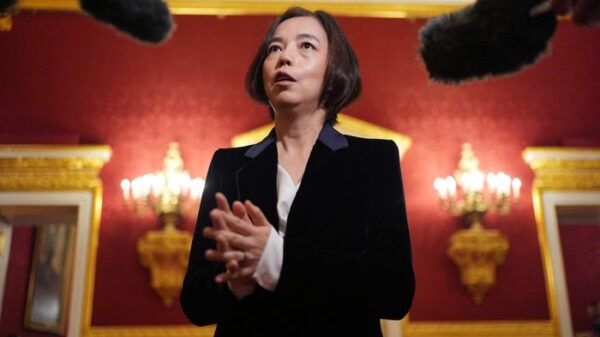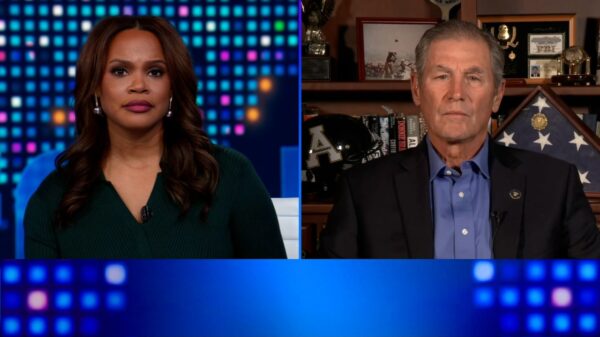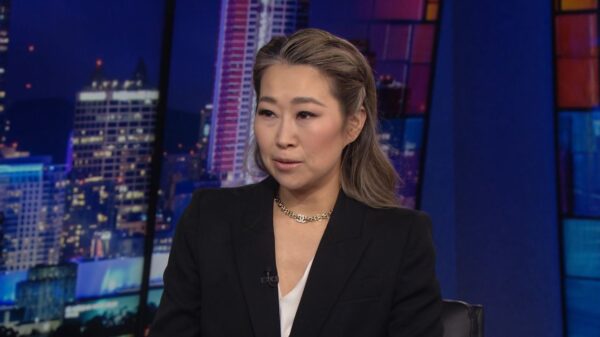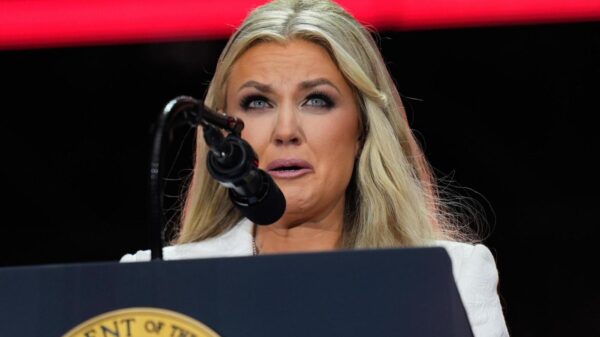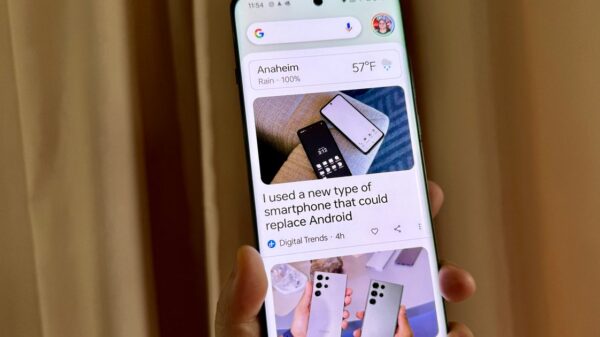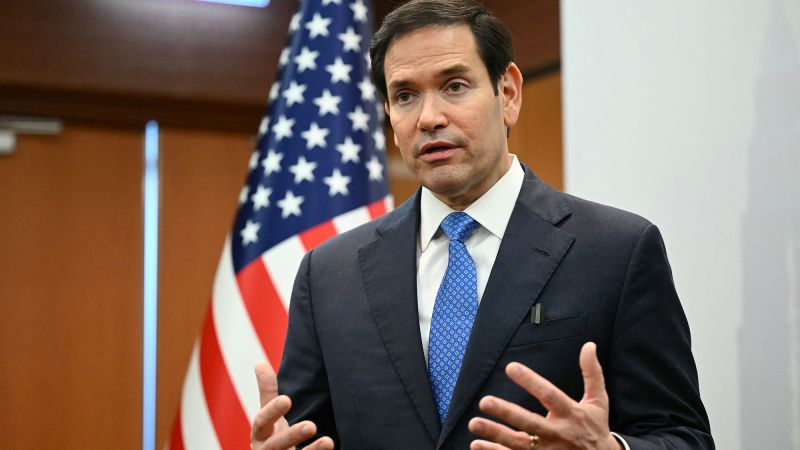US Secretary of State Marco Rubio indicated on Friday that there is a “high probability” that US President Donald Trump and Chinese leader Xi Jinping will meet within the year. Speaking to journalists in Kuala Lumpur, Malaysia, Rubio emphasized, “The odds are high. I think both sides want to see it happen.” While he did not specify a date for the potential meeting, he highlighted a strong mutual desire for dialogue.
Rubio’s comments followed his first in-person meeting with Chinese Foreign Minister Wang Yi, which took place during regional discussions involving foreign ministers from the Association of Southeast Asian Nations (ASEAN). The hour-long meeting was described by Rubio as “very constructive” and “positive,” reflecting an ongoing effort to navigate trade tensions and geopolitical competition between the two nations.
Both leaders acknowledged the complexity of US-China relations, which have been marked by significant trade frictions since Trump resumed office earlier this year. The two countries engaged in a back-and-forth tariff dispute, escalating tensions before reaching an agreement on a trade framework during recent talks in London. US Treasury Secretary Scott Bessent is scheduled to continue discussions with Chinese officials in the coming weeks.
As tensions were temporarily eased, Rubio noted that the meeting with Wang allowed for the identification of potential areas for cooperation, although he did not elaborate on specific topics. “That was our message – that we have the opportunity here to achieve some strategic stability,” he stated.
The Chinese Foreign Ministry echoed Rubio’s sentiments, characterizing the meeting as “positive, pragmatic and constructive.” Their statement reiterated a commitment to strengthening diplomatic channels and fostering communication across various levels. Wang called for the US to adopt an “objective, rational and pragmatic attitude” toward China.
Rubio’s trip to Asia highlights the US commitment to the region, particularly amid rising competition with China. He countered concerns that US tariffs might create economic opportunities for China in Southeast Asia, asserting that Washington aims to address “tremendous trade imbalances” that have developed over the decades.
According to data from the US Census Bureau, the United States recorded a goods trade deficit of $295 billion with China last year. “We’re resetting tariff levels with virtually every country in the world,” Rubio explained, emphasizing the need for fairness in global trade.
As the deadline for new tariffs approaches on August 1, several countries in the ASEAN region, along with South Korea and Japan, face potential tariffs from the US unless trade agreements are reached. This situation presents an opportunity for China to position itself as a stable economic partner in the region, a theme Wang underscored in his discussions with ASEAN counterparts.
Rubio’s visit serves to reaffirm US engagement in a region where China is a significant economic player, even as friction persists, particularly regarding issues such as territorial disputes in the South China Sea. The US aims to promote a free and open Indo-Pacific region, as expressed by Tammy Bruce, the State Department spokeswoman.
In conclusion, as both nations seek to navigate their complex relationship, the possibility of a meeting between Trump and Xi remains a focal point, with significant implications for global trade and diplomatic relations.



